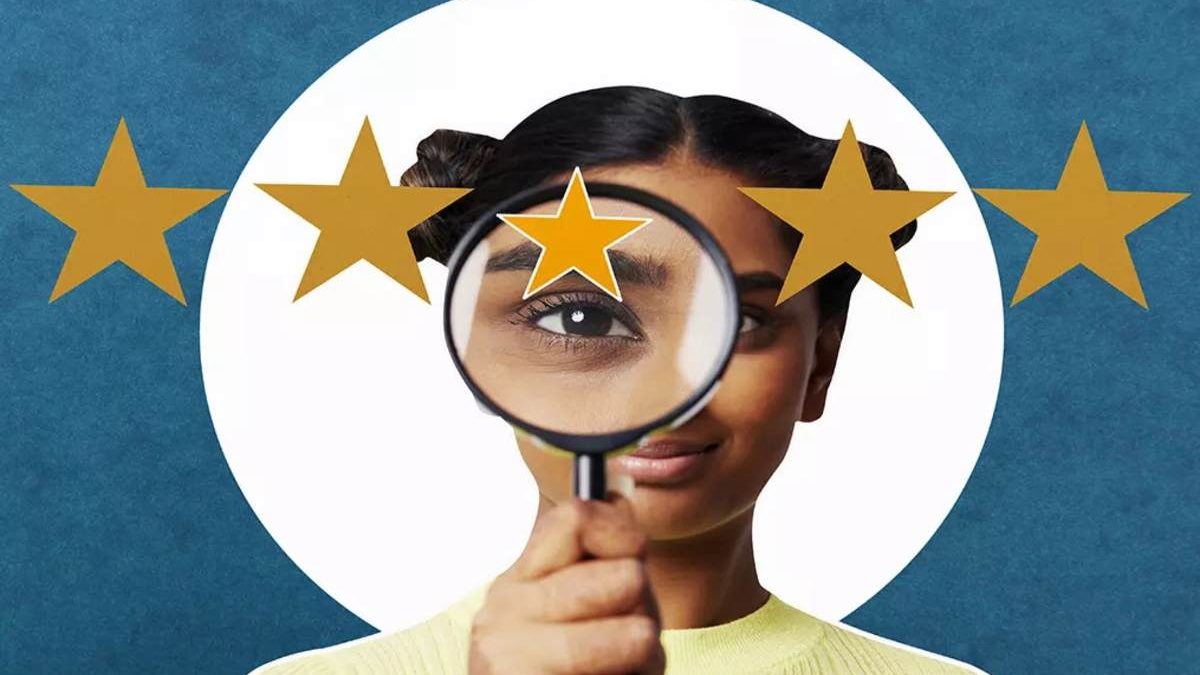Global Budgets – Warc’s Global Marketing Index (GMI) shows a significant development. Global marketing budgets have been stagnant for a year and a half. Now, they are resurging. The GMI is a reliable monthly measure. It reflects the state of marketing budgets worldwide. Its latest report shows an upswing. In December, the global index score rose to 50.7. This marked the first instance of growth since June 2022, when it stood at 53.3. Increases in the Americas, with an index score of 54.8, and Europe, at 52.9, contribute to this positive shift. Yet, the trend isn’t universal; the Asia Pacific region declined, with an index score of 42.9.
This growth in marketing budgets coincides with the rising popularity of digital entertainment platforms, such as online gaming. For instance, the Big Bamboo Slot Free game has captured significant attention, mirroring the broader digital marketing trends noted in the GMI report. The GMI highlights significant growth in mobile (63.7). It also shows significant growth in digital (62.0) and out-of-home media (54.6) for December. This growth excludes mobile. Traditional channels like global TV (46.8), radio (45.3), and press (35.0) have declining marketing budgets. This reflects a shift towards digital and interactive media platforms.
Table of Contents
The market research sector grows by almost one-tenth in a year
UK’s market research sector grew by £1bn in 2022 to reach a record valuation of £9bn. The top 100 research agencies have grown by 9.9% to reach a revenue of £4.8bn. This marks the best year for the sector since the pandemic disrupted the market in 2020.
The UK now accounts for over half of all European social and market research output. It is the second-largest market globally after the US.
The MRS research shows success for the sector beyond how much it is worth. The gender pay gap within the UK research sector has narrowed to 13.3% – below the national average of 14.3%.
Consumers think brands must tackle fake reviews on their sites
Almost two in three (63%) consumers think brands should be removing fraudulent content on their websites, including fake reviews.
Consumers think brands are responsible for removing fraudulent content, followed by the government (49%) and third-party experts (36%). 75% are worried about fake reviews.
Regarding counterfeit user-generated content, brands and retailers are confident in tackling the issue. A whopping 94% of them consider maintaining the authenticity of online content to be of utmost importance.
Over three-quarters (76%) are confident in their tools and mechanisms for tackling fraudulent online content.
Consumers are often verifying the authenticity of content themselves. 63% of shoppers use trusted online stores. 58% research brands online. 51% look for secure site signs, like a padlock, to check if online content is real. Most marketers using AI need to tell their line managers they use it.
Around two in three marketers using AI have yet to tell their line managers or clients they use it in their work. Additionally, 56% have yet to say to colleagues they use AI.
Marketers in startups are the most transparent with stakeholders (which includes managers, clients, and colleagues), with 77% reporting they’ve told them about their use of AI. By contrast, 42% of marketers at established brands have yet to inform stakeholders.
Over three-quarters (76%) report using AI to create marketing content. Over four in 10 (42%) use it daily or weekly.
Almost three in four (73%) marketers believe AI will help people take on tasks outside their skillset. Half believe AI will become a crucial aspect of their job.
Marketers say AI will have a positive impact on three things. These are productivity (83%), profitability (62%), and creativity (59%).
Consumers are open to the use of older influencers
With around three in five UK adults agreeing that the younger influencer market is crowded, there may be space for an older social media creator to take the stage.
36% of millennials like following older influencers. 40% find influencers over 50 more inspiring and trustworthy than younger ones.
The research suggests that Snapchat users (aged 18 to 24) are most interested in older influencers. 81% find them inspirational—72% love to watch their videos. A further 41% would like to see more content from older influencers.

